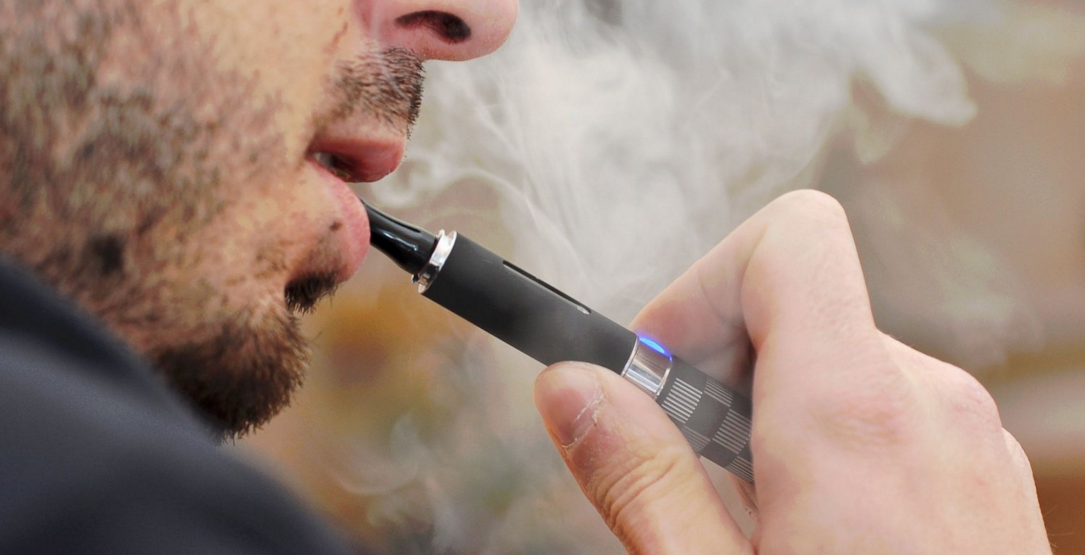
There are innovations that leave us all scratching our heads, pondering whether we created something good or not. When e-cigarettes were first invented in 2003 by Chinese pharmacist Hon Lik, smokers began to embrace this alternative to conventional cigarettes, as a first step to quitting the unhealthy habit of smoking. Some research had concluded that smoking e-cigarettes alleviated the desire to smoke (after abstaining from smoking overnight).Heavy smokers embraced with hope, the new innovation.
How does an e-cigarette work? An e-cigarette is a handheld electronic device that vaporizes a flavored liquid, which the user inhales. Using e-cigarettes is often called vaping. The consumer takes a puff on the end of the e-cigarette tube. A battery heats up the nicotine, which creates a vapor that is then inhaled into the lungs. The end result is a sensation of smoke in the mouth and lungs without really smoking. The e-liquid inside the tube is usually made of nicotine, propylene glycol, glycerine, and flavorings.
In just one decade e-cigarettes became very popular. The industry is now a booming billion-dollar one with several million users globally including an high number of teens and tweens. Awareness and use of e-cigarettes greatly increased in a relatively short period of time. But that awareness also meant a public opinion concerned about its health implications particularly amongst young people, and the need for proper research into the effects of vaping in the short term or in the long run.
New Regulation
Recently, the European Union decided to classify e-cigarettes as tobacco products. The 28 EU countries agreed to implement a higher duty to reclassify e-cigarettes as tobacco products for tax purposes. Currently, e-cigarettes are subject to a standard VAT of 20% but very soon the duty will be raised to 57 % of the retail price of a packet of cigarettes in addition to VAT. If taxed as a tobacco product, the price of a package of 20 e-cigarettes will double.
All these changes began in December 2015 , when the European Commission recommended developing plans for “including e-cigarettes in the scope of excise duty on tobacco products”, warning that a failure to act “might have significant long term budgetary implications for member states.” In March , the council agreed the need to consider creating a category for vapes in the tobacco tax directive. The excise duty to be imposed is now being decided.
In May 2016, the EU’s revised Tobacco Products Directive (TPD) was published which meant that from 20 May 2016 e-cigarettes became available for sale under EU TPD regulation. The regulation further states that from 20 May 2017 all e-cigarettes products sold to consumers have to be fully compliant with the TPD.
The decision raises controversy as many claim the health benefits of e-cigarettes. In 2015 Public Health England published an article arguing that they would like e-cigarettes to be offered on the NHS as it has been estimated that they are 95% less harmful than smoking. However there are not enough studies confirming or denying their benefits. Some even venture to say that e-cigarettes are just a high-tech way to hook a new generation on a bad nicotine habit, as the nicotine inside the cartridges is undeniably addictive.
The debate continues.

IntelligentHQ Your New Business Network.
IntelligentHQ is a Business network and an expert source for finance, capital markets and intelligence for thousands of global business professionals, startups, and companies.
We exist at the point of intersection between technology, social media, finance and innovation.
IntelligentHQ leverages innovation and scale of social digital technology, analytics, news and distribution to create an unparalleled, full digital medium and social business network spectrum.
IntelligentHQ is working hard, to become a trusted, and indispensable source of business news and analytics, within financial services and its associated supply chains and ecosystems.












